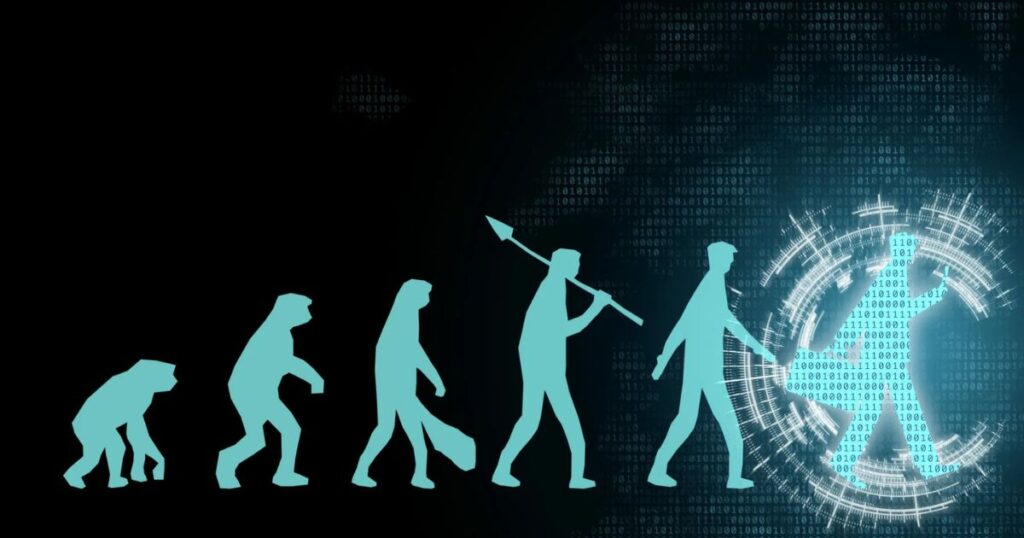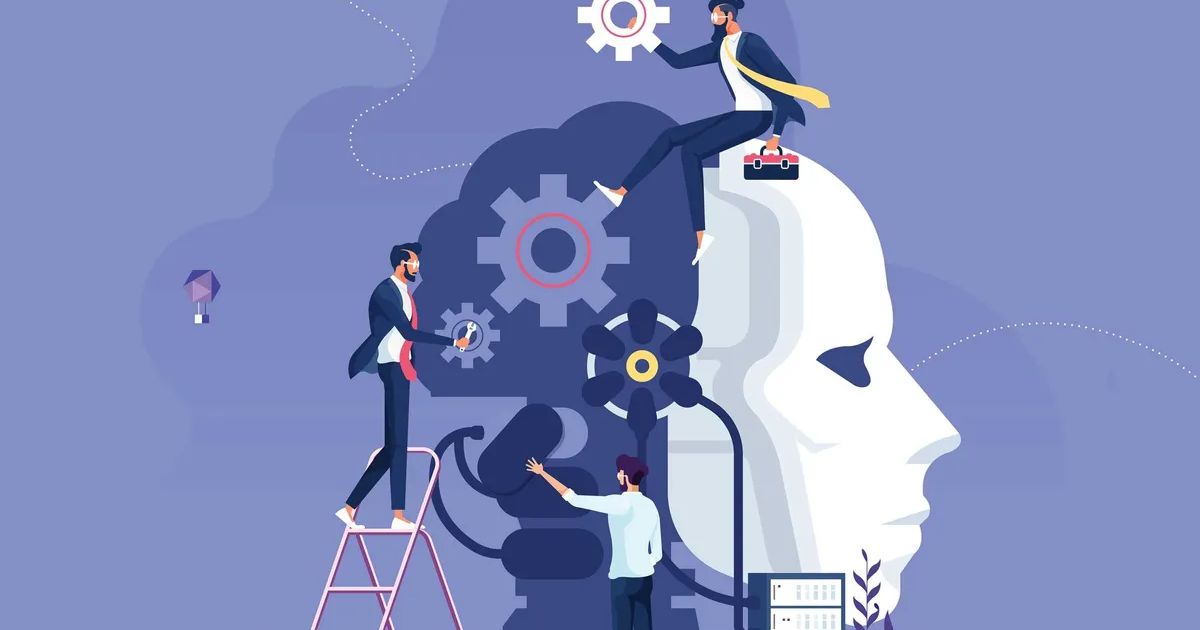Artificial Intelligence (AI) has become an integral part of modern life, influencing sectors such as healthcare, finance, marketing, and transportation. With the increased adoption of AI, the need for reliable and accurate outputs has grown.
Validating AI outputs ensures that the predictions and results generated by AI models are accurate, consistent, and trustworthy. The validation process is not just about checking for errors it’s about ensuring that the AI systems are capable of making correct decisions across different scenarios.
Without proper validation, AI can produce biased, incorrect, or harmful outputs, which can lead to serious consequences. This article will explore how to validate AI outputs, discussing various techniques, tools, and methodologies that are essential for maintaining the integrity of AI systems.
Why Is AI Output Validation Important?
The validation of AI outputs is a crucial step that ensures the reliability and trustworthiness of AI models. It verifies that the AI system is functioning as expected and producing correct results. For instance, if an AI model is used to predict weather patterns, validation ensures the forecast is accurate.
It is particularly important in fields where decisions based on AI can have significant implications, such as healthcare and finance. Incorrect outputs can lead to wrong medical diagnoses or flawed financial decisions, which can be detrimental. Therefore, validation is about more than accuracy it is about safety, trust, and reliability.
What Does AI Validation Involve?
The process of AI validation involves several key steps
- Accuracy Testing: Ensuring that the AI produces correct results.
- Bias Checking: Identifying and eliminating biases to avoid unfair decisions.
- Consistency Analysis: Making sure that the model provides reliable results across different scenarios.
- Performance Evaluation: Assessing how well the AI performs under different conditions.
It is a comprehensive process that covers all aspects of AI output, ensuring that the system behaves as intended.
Manual vs. Automated Validation
There are two main methods for validating AI outputs manual and automated. Manual validation involves human experts reviewing and assessing the outputs. This method is often used in areas where human judgment is essential, such as in content moderation or customer service.
Automated validation uses software tools to check the outputs. It is faster and more scalable, making it suitable for large datasets and systems that need constant validation. Each method has its advantages and disadvantages, and often, a combination of both is used for optimal results.
Techniques For Validating AI Outputs

The techniques for validating AI outputs are diverse and depend on the type of AI system and the application. Some common methods include:
- Cross-Validation: Dividing data into multiple subsets and training the model on one set while testing on another.
- Benchmarking: Comparing the model’s performance against known standards or other models.
- Error Analysis: Analyzing incorrect outputs to understand why the AI model failed.
- Real-World Testing: Deploying the model in real-world conditions to check its performance.
Each of these techniques helps ensure that the AI system produces accurate, reliable, and unbiased results.
Cross-Validation For AI Models
The cross-validation is one of the most popular methods for validating AI models. It involves splitting the dataset into smaller parts, training the model on some parts, and testing it on others.
It is a robust technique that helps identify issues like overfitting, where the model performs well on the training data but fails on new data. Cross-validation ensures that the AI model can generalize well and make accurate predictions on unseen data.
Benchmarking AI Outputs
The benchmarking is the process of comparing AI outputs with standard or existing models to ensure consistency and accuracy. It is an effective way to determine how well an AI model is performing.
It can also help identify areas where the model needs improvement. By using benchmarking, developers can make adjustments to the model, ensuring it meets the required standards.
Error Analysis Understanding AI Failures
The error analysis is crucial for improving AI models. It involves examining where and why the model made incorrect predictions. By identifying the root causes of errors, developers can adjust the algorithms or retrain the model to improve its accuracy.
Error analysis is especially important in applications where the cost of failure is high, such as healthcare or autonomous driving. Regular error analysis ensures that the AI system continues to improve over time.
Bias Detection And Elimination
Bias in AI models can lead to unfair or unethical outcomes. It is essential to detect and eliminate biases during the validation process. Bias can be introduced through biased data or through the algorithms themselves.
It is important to use diverse datasets and constantly monitor the outputs to ensure fairness. Addressing bias is not just about making accurate predictions; it is about ensuring that AI systems make fair and ethical decisions.
Human in The Loop Validation

The human-in-the-loop approach involves combining human expertise with AI automation. In this process, humans actively participate in the validation, reviewing the outputs and providing feedback. This approach is effective for tasks that require subjective judgment, like image recognition or sentiment analysis.
It ensures that the AI model benefits from human intuition and expertise, leading to more accurate and reliable outputs. Human-in-the-loop validation is especially useful in areas where accuracy is crucial, and the cost of errors is high.
Real-World Testing For AI Systems
The real-world testing involves deploying the AI model in real-life scenarios to see how well it performs. This is a critical step in the validation process, as it helps identify issues that may not appear during initial testing phases.
It is particularly important for applications like autonomous vehicles or chatbots, where the AI system needs to interact with real users. Real-world testing ensures that the model can handle unexpected situations and diverse inputs.
Using Simulations For Validation
The simulations are a useful tool for validating AI systems, especially in scenarios where real-world testing may be risky or expensive. For example, autonomous vehicles can be tested in simulated environments to evaluate how they handle various situations without risking safety.
It allows developers to test AI models under different conditions, ensuring that the system can respond appropriately in various scenarios. Simulation is a safe and cost-effective way to validate AI outputs.
Ensuring Reliability in Critical Applications
Reliability is essential in critical applications like healthcare, finance, and security. AI models used in these areas must undergo thorough validation to ensure they provide consistent and reliable outputs.
It involves extensive testing, regular monitoring, and continuous improvement to maintain reliability. Developers must ensure that the models can handle high-stress environments without failing.
Handling Inconsistent AI Outputs
The inconsistency in AI outputs can be a significant issue. It is essential to identify the root causes and address them promptly. Regular monitoring, error analysis, and model retraining can help in fixing inconsistencies.
It is important to create robust AI models that can provide consistent results across different scenarios, ensuring that the system remains reliable and accurate over time.
Ethical Considerations in AI Validation

The ethics play a crucial role in AI validation. Developers must ensure that the AI system operates fairly, transparently, and ethically. Validation should include checks for biased or harmful outputs, ensuring that the AI system does not produce unfair or unethical results.
It is also essential to be transparent about the limitations of the AI model. Users should be aware of any potential biases or inaccuracies. Ethical considerations help build trust and ensure the responsible use of AI technologies.
Common Challenges in AI Output Validation
There are several challenges in validating AI outputs, including
- Bias Detection: Identifying and removing biases can be difficult.
- Data Quality: Ensuring high-quality data is essential for accurate predictions.
- Scalability: Validating AI models for large datasets can be challenging.
- Adaptability: Ensuring that the model adapts well to new data without compromising accuracy.
It is important to address these challenges to build robust and reliable AI systems.
Future Trends in AI Output Validation
The future of AI validation will likely involve more automation, advanced monitoring tools, and the integration of machine learning techniques to improve the validation process. As AI systems become more complex, validation methods will also evolve.
The focus will be on creating robust, accurate, and unbiased AI models capable of handling real-world complexities. The use of real-time monitoring, cloud-based validation tools, and continuous learning will be essential for future AI systems.
Frequently Asked Questions
What is the importance of AI output validation?
The validation ensures that AI systems provide accurate, reliable, and unbiased results. It is crucial for building trust and ensuring the safe use of AI technologies.
How is cross-validation used in AI?
The cross-validation involves dividing the dataset into smaller parts to train and test the AI model, ensuring that it can generalize well and provide accurate predictions.
What is bias in AI, and how is it addressed?
The bias occurs when an AI model produces unfair or discriminatory outputs. It is addressed by using diverse datasets and continuously monitoring and adjusting the model to ensure fairness.
What role do humans play in AI validation?
Humans actively participate in the validation process by reviewing AI outputs, providing feedback, and helping refine the model. This approach is called human-in-the-loop validation.
Conclusion
The validation of AI outputs is a critical step in ensuring the reliability, accuracy, and fairness of AI systems. It involves various techniques, from cross-validation to real-world testing, each playing a crucial role in maintaining the integrity of AI models.
Proper validation ensures that AI systems can be trusted to make correct, unbiased, and ethical decisions. As AI continues to evolve, the methods used for validation will also need to adapt, focusing on more robust, reliable, and fair AI models.










